Best Practices Articles

PartnerOps: The Future of Business Growth Through AI and Co-Selling
The way companies grow is changing. Today, business growth depends more on partnerships than on individual efforts. This shift is leading to a rise in a powerful new approach: partnerops. Short for partner operations, partnerops helps companies manage partnerships using smart tools, automation, and proven strategies.
This article explains what partnerops is. It shows why partnerops is important. It also describes how AI, co-selling, and new ways to share revenue are changing partnerops. You’ll also see real-life examples from top companies like Microsoft, Salesforce, and AWS that are leading the way.-
What Is PartnerOps?
Partnerops includes everything a business does to manage its partner relationships. This includes:
-
-
- Finding the right partners
- Onboarding and training them
- Supporting them with tools and content
- Tracking their sales and success
- Paying them fairly
-
Before partnerops tools existed, many of these tasks were done manually. That made the work slow and full of mistakes. Now, with smart systems and AI, companies can manage partner programs better, faster, and with fewer people.
-
How AI Makes PartnerOps Smarter
AI is one of the biggest game-changers in partnerops. It helps companies make better decisions by using data. Here’s how AI is transforming partner operations:
-
-
- Smart Partner Matching
-
AI can study patterns to show which partners are most likely to succeed. It looks at past deals, client feedback, and market trends to match the right partner to the right opportunity.
-
-
- Predicting Revenue
-
AI can estimate which deals will close and how much money they’ll bring in. This helps companies plan better and stay ahead.
-
-
- Faster Onboarding
-
Instead of giving every partner the same training, AI offers learning paths based on their role, skills, or region. This shortens onboarding time.
-
-
- Better Communication
-
AI tools can suggest what message to send and when to send it. This helps partners stay informed and engaged.
-
-
- Saving Time and Money
-
By removing manual tasks, AI saves time. Teams can focus on strategy instead of spreadsheets.
Businesses that use AI in their partnerops programs often see higher partner retention, faster growth, and lower costs.
-
The Power of Co-Selling in PartnerOps
Co-selling is a type of partner selling where two or more businesses work together to sell a solution. It is not the same as reselling, where a partner sells your product alone. In co-selling:
-
-
- Both parties join the sales process.
- They create joint pitches.
- They talk to customers together.
- They help each other close the deal.
-
Why is this helpful? Because today’s buyers want custom solutions. No single company can meet all their needs. By teaming up, companies can offer more value.
Benefits of Co-Selling
-
-
- Shared Knowledge: Partners share insights and open new doors.
- Bigger Deals: Teams working together win more and larger deals.
- Faster Sales: Customers get answers quickly, which helps close deals faster.
- Stronger Relationships: Working closely builds trust between partners.
-
For example, Microsoft’s co-sell program allows partners to work directly with its sales team. This helps Microsoft and the partner win deals together. Salesforce has similar co-selling programs with its AppExchange partners.
- Combining AI and Co-Selling
AI makes co-selling even better. Here’s how:
-
-
- Deal Matching: AI can find the best partners for each customer.
- Real-Time Alerts: The system notifies teams when to reach out to a customer.
- Sales Suggestions: AI can suggest what to say during a pitch.
- Activity Tracking: AI tracks meetings, emails, and outcomes to improve performance.
-
By combining AI and co-selling, companies create a smart sales engine that drives real results. This is a key part of modern partner operations.
-
New Revenue Models in the Partner Ecosystem
Today’s businesses are moving away from one-time payments and toward ongoing, flexible models. These models are better for both vendors and partners.
-
-
- Subscription-Based Models
-
In this model, customers pay monthly or yearly. The vendor and partner share this income. This leads to steady, long-term revenue.
Example: A software partner earns 20% of the subscription fee every month for each active customer they support.
-
-
- Consumption-Based Models
-
Here, the more the customer uses the product, the more the partner earns. This is common in cloud services and APIs.
Example: AWS pays partners based on the actual use of cloud storage or compute power by the customer.
-
-
- Outcome-Based Models
-
Partners get paid only if they deliver real business results. This keeps everyone focused on value, not just sales.
Example: The company gives a bonus to a partner who helps grow web traffic by 20%.
These models reward performance, drive customer success, and build trust. They also encourage deeper investment in the partner ecosystem.
-
Real-Life PartnerOps Success Stories
Let’s look at how top companies are already using these ideas:
-
- Microsoft
Microsoft has built one of the strongest partnerops programs in the world. Through its Azure cloud platform, it offers:
-
-
- AI tools to suggest deals and partners
- A co-sell program that includes partners in Microsoft sales calls
- A marketplace where customers can buy solutions bundled with partner services
-
This leads to faster growth for both Microsoft and its partners.
-
- Salesforce
Salesforce uses its AI tool called Einstein to help partners:
-
-
- Spot upsell chances
- Learn what customers need
- Automate tasks
-
Its AppExchange platform lets partners offer apps and earn steady income through subscriptions.
-
- AWS
AWS uses a consumption-based model. This means partners earn money based on how much customers use the cloud. AWS also uses AI to:
-
-
- Show how to boost usage
- Track performance
- Reward top partners
-
These examples show that smart partnerops leads to strong results.
-
Why Your Business Needs PartnerOps
Still wondering if partnerops is worth it? Here’s what it brings:
-
-
- Scalability: You can grow without adding a huge team.
- Flexibility: You can adjust fast based on data and results.
- Profitability: You earn more with less effort.
- Customer Focus: You deliver better service with better partners.
-
Whether you're a small startup or a large brand, partnerops helps you run a smarter business.
-
How to Get Started with PartnerOps
Want to bring partnerops into your business? Start with these steps:
-
-
- Map Your Partner Journey: Understand how partners join, work, and succeed with you.
- Choose a PRM System: Use a platform to manage partner tasks and data.
- Add AI Tools: Use automation and insights to speed things up.
- Build Co-Sell Playbooks: Make it easy for partners to work with your sales team.
- Choose the Right Revenue Model: Think about what will work best for your product and your partners.
- Measure Everything: Use dashboards to track what’s working and what needs fixing.
-
Starting small is okay. But plan to grow over time. PartnerOps works best when it becomes part of your business strategy.
Conclusion
The future of growth belongs to those who can build strong, smart partnerships. That’s what partnerops is all about. With the help of AI, co-selling, and flexible revenue models, companies can create systems that grow with them.
PartnerOps is more than a tool. It’s a mindset. It helps you focus on results, build better partner relationships, and win in a competitive market.
As the digital world keeps changing, the businesses that master partnerops will lead the way. Start now, and turn your partner program into a growth machine.
Best Practices Guidebook
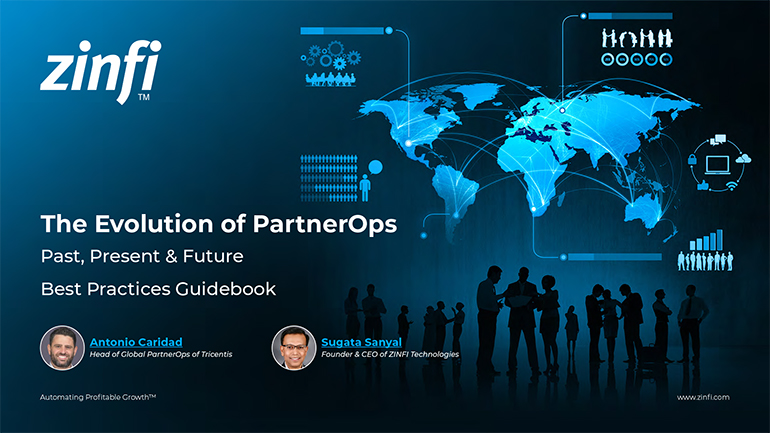 The Evolution of PartnerOps: Past, Present & Future Best Practices
The Evolution of PartnerOps: Past, Present & Future Best PracticesDownload Guide
 Mastering Channel Sales: Strategies, Best Practices, and Growth Tactics for 2025
Mastering Channel Sales: Strategies, Best Practices, and Growth Tactics for 2025Download Guide
 Winning with Partner Advisory Councils: Best Practices for Partner Engagement & Growth
Winning with Partner Advisory Councils: Best Practices for Partner Engagement & GrowthDownload Guide
 The Future of Partner Ecosystems Best Practices
The Future of Partner Ecosystems Best PracticesDownload Guide
 The AI Revolution: How Technology and Talent are Shaping the Future
The AI Revolution: How Technology and Talent are Shaping the FutureDownload Guide
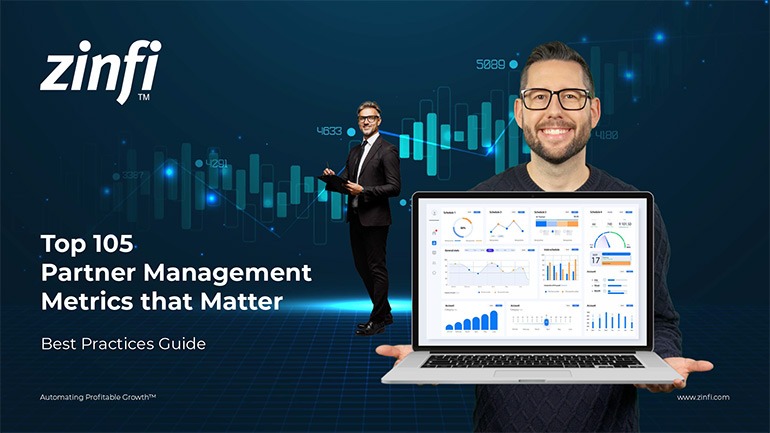 Top 105 Partner Management Metrics that Matter Best Practices
Top 105 Partner Management Metrics that Matter Best PracticesDownload Guide
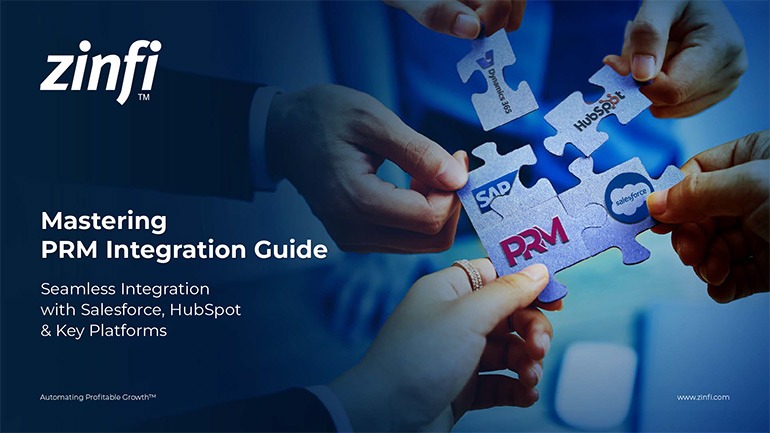 Mastering PRM Integration Best Practices
Mastering PRM Integration Best PracticesDownload Guide
 Building a Sales Partner Portal with Salesforce Best Practices
Building a Sales Partner Portal with Salesforce Best PracticesDownload Guide
 Building and Managing Partner Ecosystems Best Practices
Building and Managing Partner Ecosystems Best PracticesDownload Guide
 Mastering Co-Marketing and Co-Selling Best Practices
Mastering Co-Marketing and Co-Selling Best PracticesDownload Guide
 Transforming Partner Ecosystems Best Practices
Transforming Partner Ecosystems Best PracticesDownload Guide
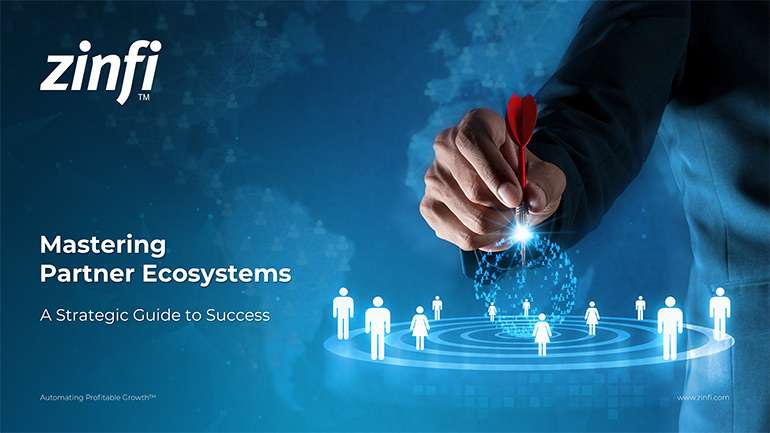 Mastering Partner Ecosystems Best Practices
Mastering Partner Ecosystems Best PracticesDownload Guide
 Mastering Partner Onboarding Best Practices
Mastering Partner Onboarding Best PracticesDownload Guide
 Partner Ecosystem Management Best Practices
Partner Ecosystem Management Best PracticesDownload Guide
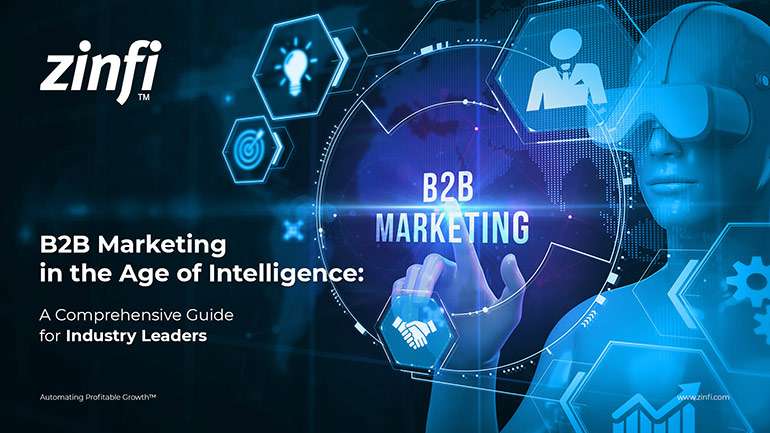 B2B Marketing in the Age of Intelligence Best Practices
B2B Marketing in the Age of Intelligence Best PracticesDownload Guide
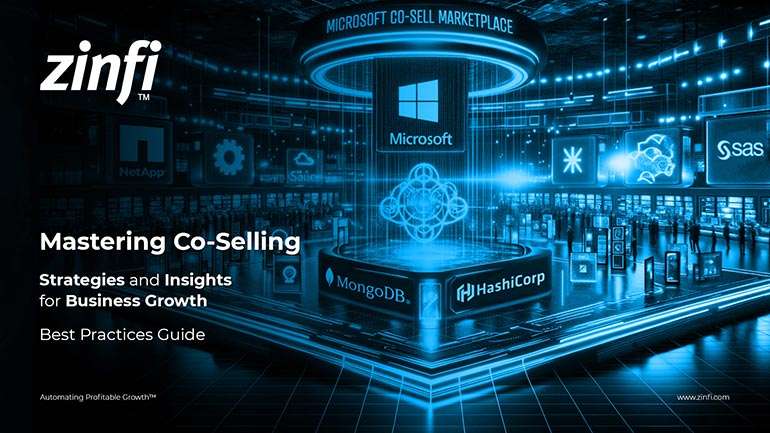 Multi-Partner Co-Selling Best Practices
Multi-Partner Co-Selling Best PracticesDownload Guide
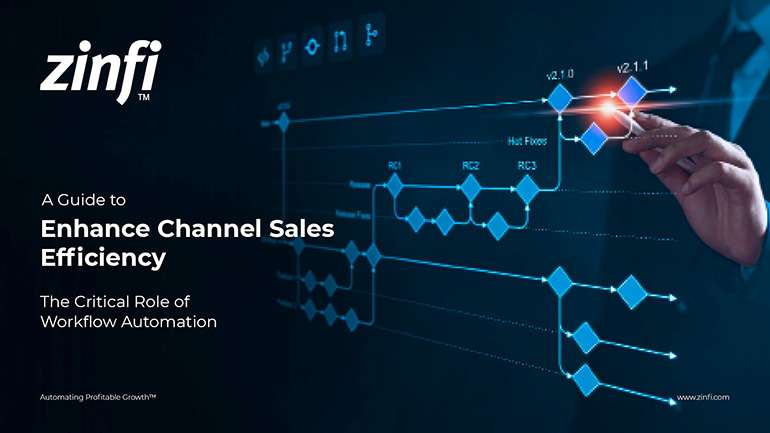 A Guide to Enhance Channel Sales Efficiency
A Guide to Enhance Channel Sales EfficiencyDownload Guide
 Mastering Affiliate Marketing Best Practices
Mastering Affiliate Marketing Best PracticesDownload Guide
All Guidebooks







